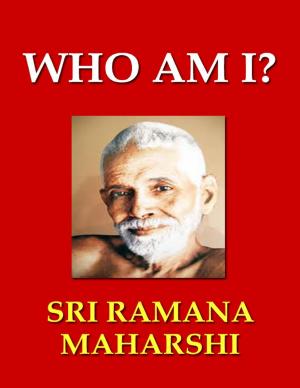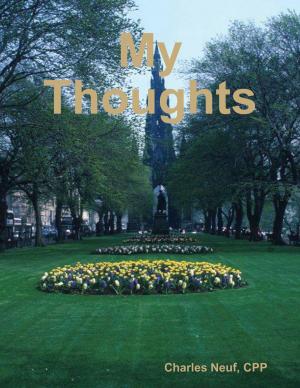| Author: | Kelly NGYAH | ISBN: | 9781329152120 |
| Publisher: | Lulu.com | Publication: | May 20, 2015 |
| Imprint: | Lulu.com | Language: | English |
| Author: | Kelly NGYAH |
| ISBN: | 9781329152120 |
| Publisher: | Lulu.com |
| Publication: | May 20, 2015 |
| Imprint: | Lulu.com |
| Language: | English |
It is usually observed that regimes change from an autocratic to a seeming democratic rule, institute instability. In effect, it is at times comparatively assessed that, a country under an autocratic ruler or a tyrant seems to be more stable and virtually peaceful than that which is going through a transitional democracy phase. However, though tyrants and autocrats possess the conditioned suppressive power to induce and maintain a country atmosphere which is free of major violent conflicts, the real question is, can such a stable framework be sustained when they leave power? The concepts of authoritarian regimes and the extent to which the virtual peaceful apprehension could become disastrous for a country’s long term peace and stability is herein examined. In addition, emphasis is laid on the types of tyranny rules and the ways through which tyrants or autocrats would manipulate their subjects to show them allegiance.
It is usually observed that regimes change from an autocratic to a seeming democratic rule, institute instability. In effect, it is at times comparatively assessed that, a country under an autocratic ruler or a tyrant seems to be more stable and virtually peaceful than that which is going through a transitional democracy phase. However, though tyrants and autocrats possess the conditioned suppressive power to induce and maintain a country atmosphere which is free of major violent conflicts, the real question is, can such a stable framework be sustained when they leave power? The concepts of authoritarian regimes and the extent to which the virtual peaceful apprehension could become disastrous for a country’s long term peace and stability is herein examined. In addition, emphasis is laid on the types of tyranny rules and the ways through which tyrants or autocrats would manipulate their subjects to show them allegiance.















